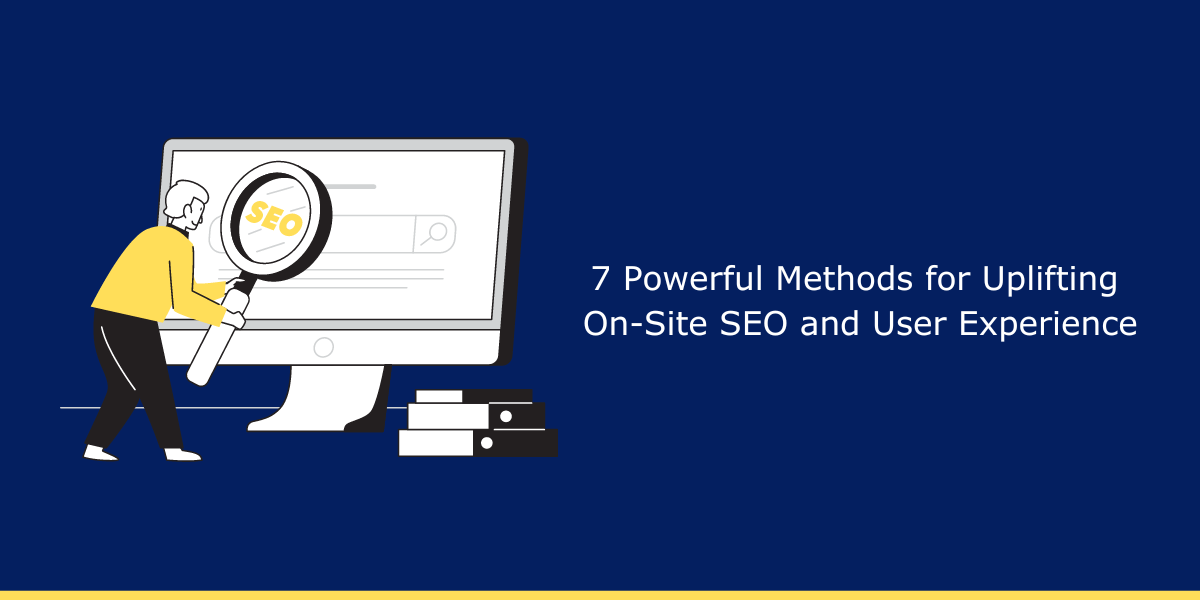
Do you understand the concept of SEO in 2023? When utilized effectively, search engine optimization remains a potent tool for drawing customers to your online platforms. Staying updated on the ever-evolving landscape of SEO can be challenging, but it’s a worthwhile endeavor. Recent statistics reveal that roughly 70 to 80 percent of consumers exclusively focus on organic search results, overlooking paid listings. Moreover, approximately 28% of these searches culminate in a purchase.
In the current landscape, SEO has grown increasingly complex. The days of merely enhancing meta descriptions and keywords are long gone. Present-day SEO trends encompass a broader spectrum, encompassing voice-activated search and video SEO considerations. Consequently, it’s crucial to diligently monitor your ranking positions, as these metrics are constantly in flux.
Irrespective of your website’s ease of use and the quality of its user experience (UX), an on-site search feature is indispensable for attracting more customers. Visitors to your website anticipate a straightforward and swift means of locating their desired content.
On-site search, however, transcends the mere presence of a search box. Google has set exceptionally high standards, and contemporary users demand flawless search outcomes. This implies that your website’s search functionality must deliver relevant results, as it may result in visitors departing and potential customers slipping through your grasp.
The primary goal of on-site SEO can be summed up as ensuring the utmost simplicity for both users and search engines in the following aspects:
- Grasping the website’s intent.
- Ascertaining the page’s relevance to specific search terms, such as particular keywords or keyword groups.
- Recognizing the page as valuable and deserving of a prominent search engine results page (SERP) position.
So, Here’s a list of 7 effective ways to get more customers and conversions through proper on-site SEO and user experience.
Simplified Site Navigation
You aim to provide users with a seamless browsing experience on your website. While they may enhance SEO-friendliness, complex navigation systems can disrupt the user experience and encourage quicker site exits. Instead of solely concentrating on making all pages search engine accessible, which is the conventional SEO approach, prioritize the user-friendliness of each page. SEO-friendly navigation often involves fewer pages and a more streamlined structure.
Content Easy to Scan
Steer clear of text-laden pages that give the impression of reading a technical manual, even though content and word count are crucial for SEO. Incorporate readable blocks of text organized with headers and images to enhance usability while catering to SEO needs. Additionally, consider using bullet and numbered lists, as these elements can assist in securing featured snippets in Google’s search results.
Say no to complicated results
An on-site search aims to retrieve the information you need swiftly.
This means that on-site search results should be simplified for users.
Customers can employ filters to refine their search outcomes and pinpoint their desired items. For instance, an individual seeking “party dresses in small sizes” may want to apply filters based on stock availability, color, price, and other criteria.
Videos and images are game-Changers
Aside from captivating users, visual media can also be optimized for SEO. Incorporating relevant images or videos within each content block is a strategic move.
Optimize the speed of the page
As part of Google’s core mission to offer the best possible user experience, website speed has become a pivotal ranking factor. Consequently, Google prefers websites that exhibit swift loading times in Search results and Google Ads.
Auto-Complete
Auto-complete functionality, guided by frequently used or recommended keywords, foresees the user’s intended search query.
By anticipating the user’s search terms, the search box can propose relevant topics or categories, potentially piquing their interest and alleviating the need for manual input. The primary aim of this feature is to aid users in crafting more precise search queries rather than solely expediting the search process.
Un-Organized Content with keyword Overload
The practice of excessively loading a webpage with keywords or numbers to artificially boost a website’s ranking in Google search results is termed “keyword stuffing.” Often, these words are presented in a list or cluster, appearing unnaturally within the content. Overloading pages with keywords or figures detracts from the user experience and can adversely affect your website’s ranking. It is more productive to channel your efforts into crafting informative and valuable content that judiciously incorporates keywords in the appropriate context.
Final Thoughts
When you contemplate SEO, consider the human side of the web. Prioritizing user optimization encourages visitors to stay on your site and ensures it passes Google’s user experience assessment, leading to higher rankings and increased traffic, among other benefits.

